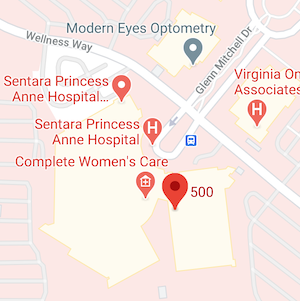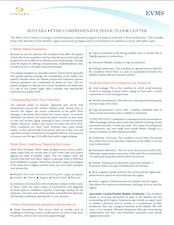Ovarian cysts are common in women of reproductive age. Women are often diagnosed with ovarian cyst when they present to their healthcare provider for pelvic pain or other issues. Below are answers to questions that women often have about ovarian cysts.
What is an Ovarian Cyst?
A cyst is a fluid collection and ovarian cyst are formed normally in the middle of a woman’s menstrual cycle. Ovarian cysts may be associated with pelvic pain but other causes of pelvic pain should be considered.
What is the best way to diagnosis an ovarian cyst?
Transvaginal ultrasound is the preferred test for evaluating ovarian cyst and other gynecologic conditions. A MRI may be warranted for some patients but is not often needed.
What are "functional" cysts?
These cysts that form in the middle of a woman’s menstrual cycles are called "functional" cysts. They may cause pain for a few days but typically resolve on their own. However, hey can take as long as 6-12 weeks to resolve. Birth control pills may prevent the formation of these cyst but do not treat a cyst that has already formed.
Can ovarian cysts become abnormal?
Sometimes ovarian cysts become abnormal. They may grow large or have small areas of abnormal tissue. If these cysts begin to cause significant pain or don’t resolve on their own, surgery may be discussed. Sometimes you doctor may want blood work to evaluate type of cyst or mass you have. Depending on your age, symptoms, and characteristics of the cyst, you and your doctor may decide to observe the cyst or discuss surgical options.
Surgical treatments include cystectomy or oophorectomy (removal of the entire ovary).
In a ovarian cystectomy the doctor removes the ovarian cyst but leaves the rest of the ovary in place. With an oophorectomy the entire ovary and fallopian tube are removed. The decision to remove just the ovarian cyst or the entire ovary depends on the patient and their circumstances.



